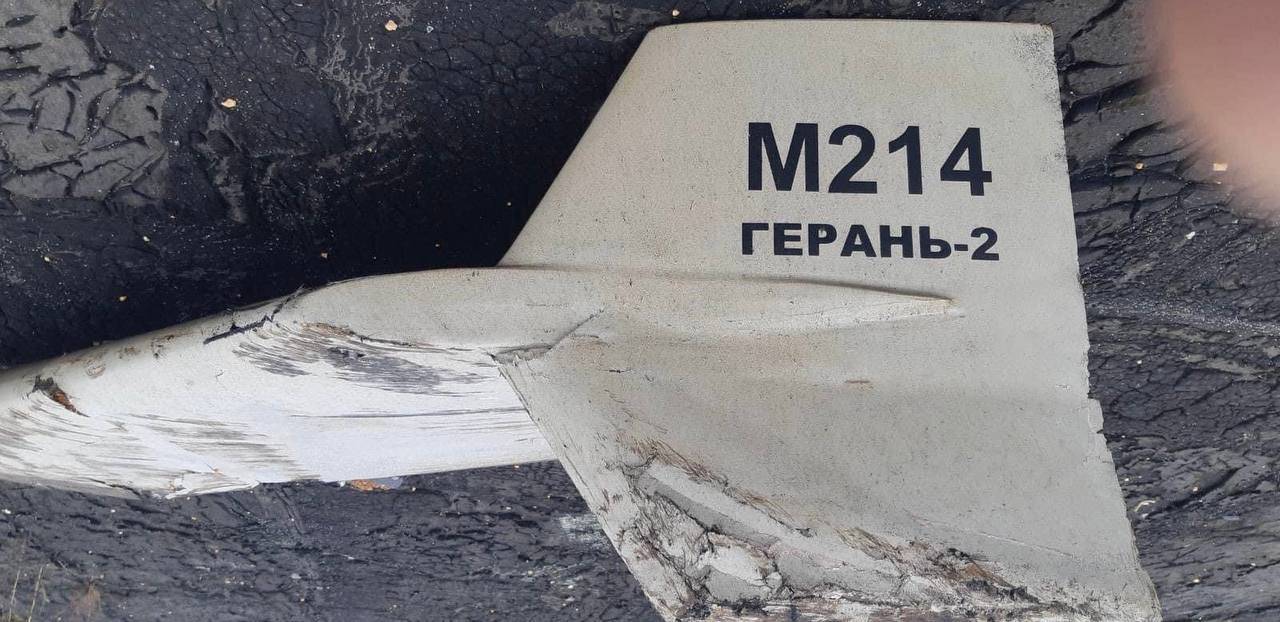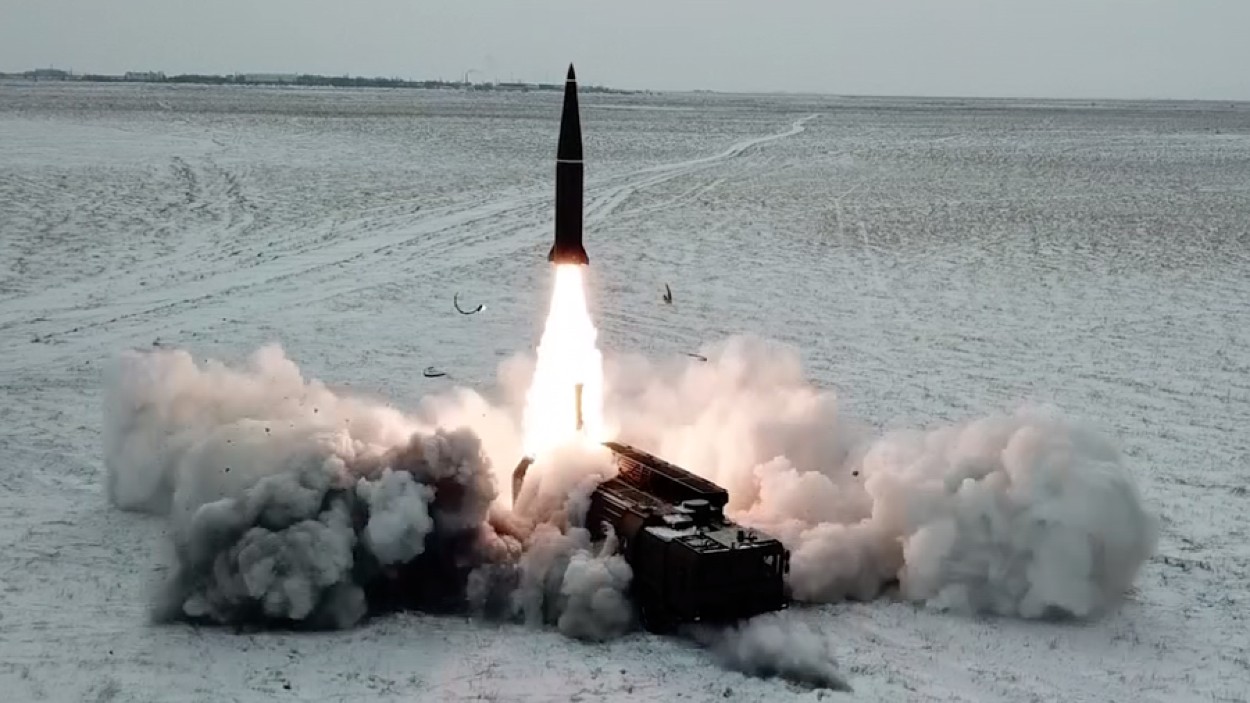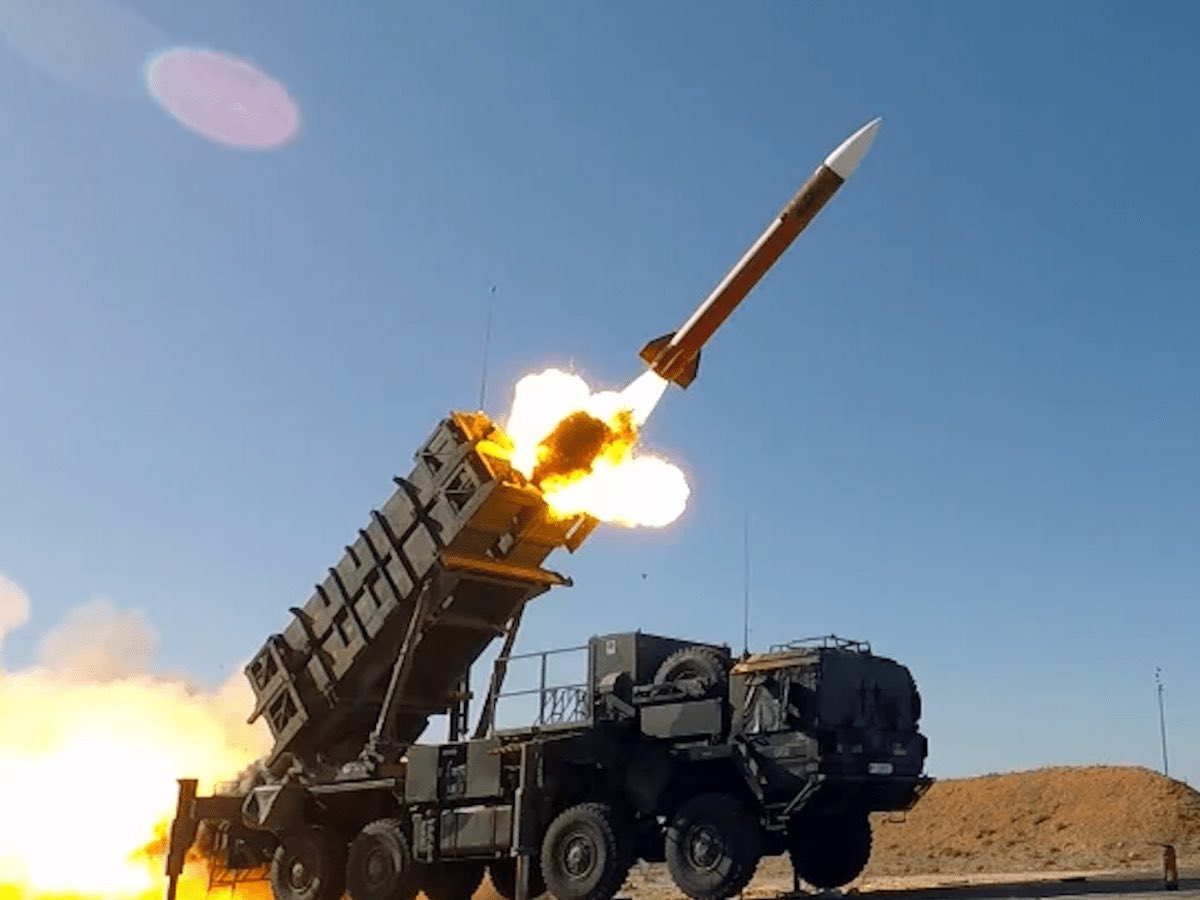Putting all speculations about Russia’s missile stockpiles to rest, a US-based think tank diligently following the war has concluded that Moscow will not run out of missiles for its ‘military operations’ in Ukraine.
In no ambiguous words, the report authored by Ian Williams, who is a Fellow of the International Security Program and Deputy Director of the Missile Defense Project at the Center for Strategic and International Studies (CSIS), stated that Russia’s ongoing campaign, which is in full swing in 2023, has made clear that it would be “unrealistic to expect Russia to ever run out of missiles.”
The report further noted that Moscow will likely be able to build or acquire the long-range strike capability required to significantly harm Ukraine’s population, economy, and military “despite sanctions and export regulations.”
However, before diving into the report titled “Russia Isn’t Going to Run Out of Missiles,” published by US-based CSIS, EurAsian Times brings you a recap of the many predictions and speculations made about Russia’s deteriorating missile capability.
Russia’s Missile War & Repeated Predictions
Russia has been relentlessly launching missile attacks on Ukraine, which have only intensified over the months. In the second half of 2022, Russian missile strikes seriously damaged Ukraine’s economy and infrastructure and sought to decimate its warfighting capacity by crippling its energy infrastructure.
With the help of its Western partners and the acquisition of new and advanced air defense systems, Ukraine has managed to hold its ground. However, with Russia constantly expending its missiles on Ukraine, speculations have been raised about their depletion.
When Russia started acquiring and deploying Iranian-origin Shahed-class kamikaze drones to hit targets inside Ukraine, some unnamed US officials and Ukrainian officers said the change in tactic was likely influenced by the Russian military’s depleting missile stockpiles.

By the end of the year, such speculations started gathering steam. After more than nine months of the war in Ukraine, Pentagon announced in December 2022 that Russia increasingly relies on deteriorated artillery and rocket shells, some of which were manufactured more than four decades ago.
At the time, media reports stated that US officials had predicted Russia would deplete its fully-serviceable ammunition stockpiles by early 2023. The official warned that those stocks were rapidly depleting, likely pushing them to utilize ammunition in what one would term “degraded conditions.”
Russia, on its part, did turn from firing the more advanced and precision-guided cruise and ballistic missiles to pulling out Soviet-era munitions from cold storage that would cause massive destruction but did not guarantee a successful precision hit. This led credence to the predictions made by officials and experts alike.
And with the war entering its second year, these predictions have become more common among Ukrainian intelligence. For instance, in January 2023, Ukraine’s Air Force spokesman Yuriy Ihnat cited Ukrainian intelligence as claiming that Russia had fewer than 100 modern Iskander ballistic missiles in its arsenal.

At the time, Russia had ramped up using S-300 and S-400 missiles to conduct missile strikes on ground targets in Ukraine. This suggested that this was Moscow’s new tactic to avoid using the already low supply of its precision ballistic missiles.
Several such reports based on Ukraine’s intelligence and Russia’s changing battlefield tactics have been published over the six months of this year. It was also noted that Moscow’s forces would run out of missiles in three months. However, all these months later, Russia’s missile attacks continued unabated.
CSIS Has Some Answers!
The report emphasizes that until 2023, Russia regularly attacked a range of military and civilian targets throughout Ukraine with costly, long-range missiles. The objectives of these missile strikes have changed over time, and the intensity and quality of the ammunition used have also changed.
In May this year, weapons experts acquired instances of freshly manufactured Russian cruise missiles launched against Ukraine, which they claimed indicated that Russia’s arsenal has become so depleted that weapons are being used in the conflict just a few months after manufacturing.
Colin Kahl, the undersecretary of defense for policy, and other US officials have previously anticipated that Russian stockpile rebuilding will be “a lot harder” due to international export regulations, particularly about acquiring microchips to recapitalize precision-guided missiles and standoff weapons.
However, the recent CSIS report argues that the export restrictions and sanctions did not have the desired effect on Russian missile production. “There is no one-off fix for this problem. At most, sanctions and export controls can limit the quantity and quality of strike assets Russia can acquire.”
Regarding speculations about Russia’s dwindling missile reserves, the report contends that it’s likely that Russia swiftly used up the portion of the long-range missiles that it had originally designated for its “special military operation.” However, despite this, Russia continued to launch missiles against Ukraine, perhaps by withdrawing ammunition from other theaters of operation.

Russia has modified several surface-to-air and anti-ship missiles for land strike missions. Additionally, it continued to produce missiles during the conflict, and evidence suggests that the majority (perhaps all) of Russian cruise missiles in Russia’s current stock are products of post-conflict manufacturing.
The report notes that the depletion of pre-war missile stocks has altered the composition of modern Russian strike salvos. Russian missile attacks have shifted from high-end missile systems like cruise missiles towards less effective, less expensive “low-end” systems like Shahed-136 one-way attack drones. This is in contrast to earlier periods of Russia’s air war.
“However, the decline in the quality of Russian long-range strike salvos is unlikely to continue. Rather, the overall composition of Russian strike packages will likely level off as Russian missile use becomes fully tethered to how many missiles it can produce. But it is improbable that Russian production of higher-end cruise and ballistic missiles will fall to zero.”
Moreover, the report observes that despite export controls of key microelectronic components, Russia has continued manufacturing missiles by acquiring these Western-produced components via friendly third parties. This has been confirmed by Ukrainian forces that have retrieved and examined the wreckages of these missiles.
The report notes that sanctions and export controls can only make it harder and more expensive to produce the missile, limiting the number of missiles Russia could produce.
“But the upshot is that Russia will continue having the capacity to build missiles and drones and will continue to fire them at Ukraine. This reality will not change until the war ends.”
Analyzing Russia’s recent missile onslaught, the report says that, unlike the targets that the Russians were fixated on last year, Russian missile and drone operations since May have been directed at what appears to be a wider and less predictable target selection.

For example, it refers to Russia using “some of its most advanced and expensive missiles in a failed bid to destroy one of Ukraine’s US-German-provided Patriot batteries protecting Kyiv.” The Patriot survived the attack and shot down 100% of the missiles fired by Russia, as per Ukraine’s claims.
Further, the report notes, “In other instances, assessing what Russia has been aiming at has been more challenging since most projectiles get shot down. Targets, though, seem to include a mix of critical infrastructure, command and control installations, and other military and civilian targets. Kyiv has borne the brunt of Russia’s latest assault.”
However, Russia has broadened its reach in recent weeks, perhaps to take advantage of Ukraine’s weaker air defense systems in other regions that are not as well protected as the capital Kyiv or other frontline cities that frequently see attacks.
The report notes that Russia’s present goals are primarily to keep Ukraine off balance during its counteroffensive operations in the South and to force Ukraine to redirect its air defense capacity to defend its cities.
Then it proceeds to praise the Ukrainian defenses against relentless Russian missile attacks by stating that Ukraine’s air defenses have done remarkably well under challenging circumstances. However, at the same time, the report contends that the Russian military has been continuously looking for openings and weaknesses that can be used to their advantage.
“Given the limited supply of Ukrainian air defenses, a generalized and unpredictable strike campaign forces Ukraine to make difficult tradeoffs between defending its cities and critical infrastructure and providing thicker air defense for its troops on the front lines,” says the report.
However, it emphasized that active air defense would be the most reliable counter to Russian missile attacks, requiring continued support and replenishment from Ukraine’s international partners.
- Contact the author at sakshi.tiwari9555 (at) gmail.com
- Follow EurAsian Times on Google News




